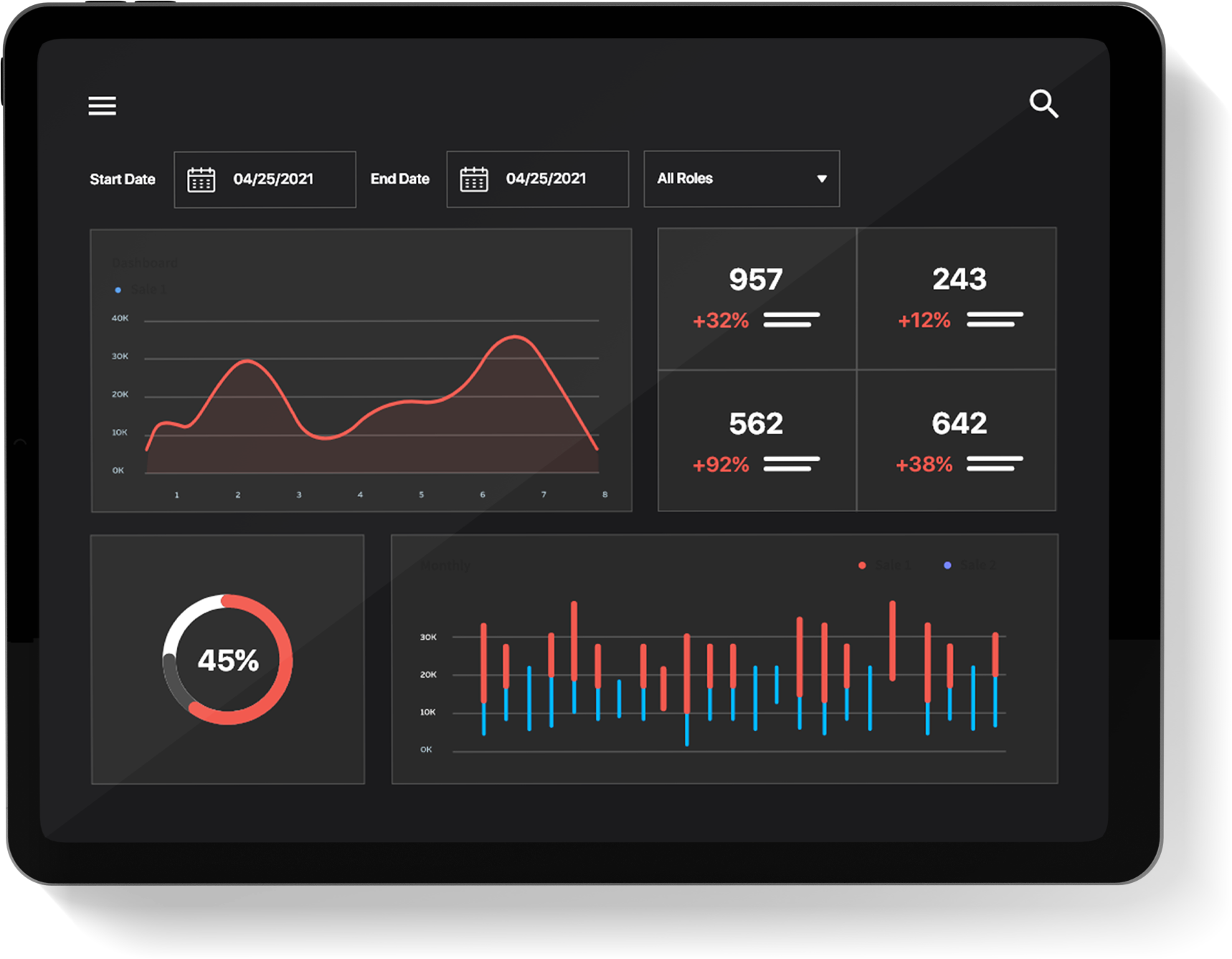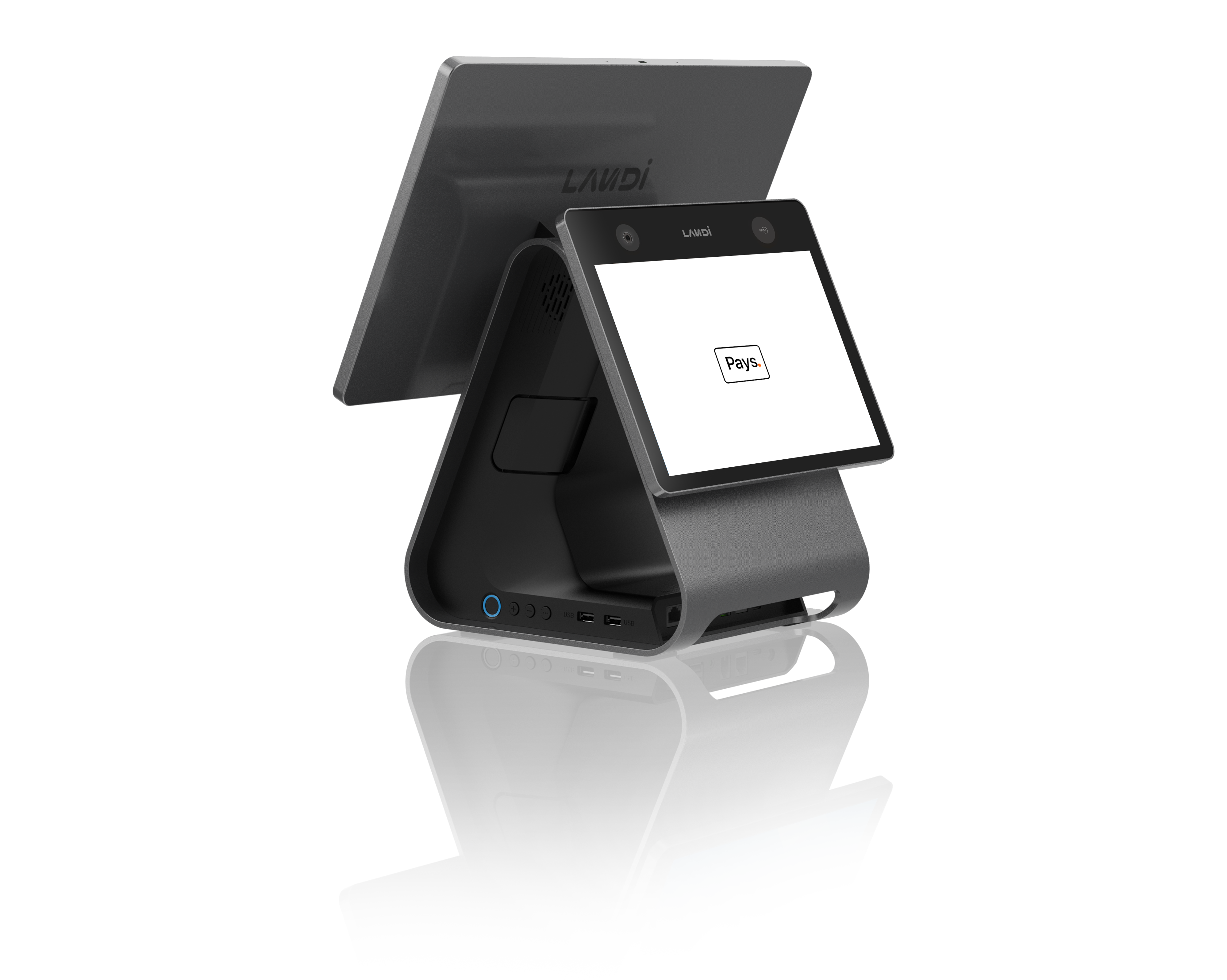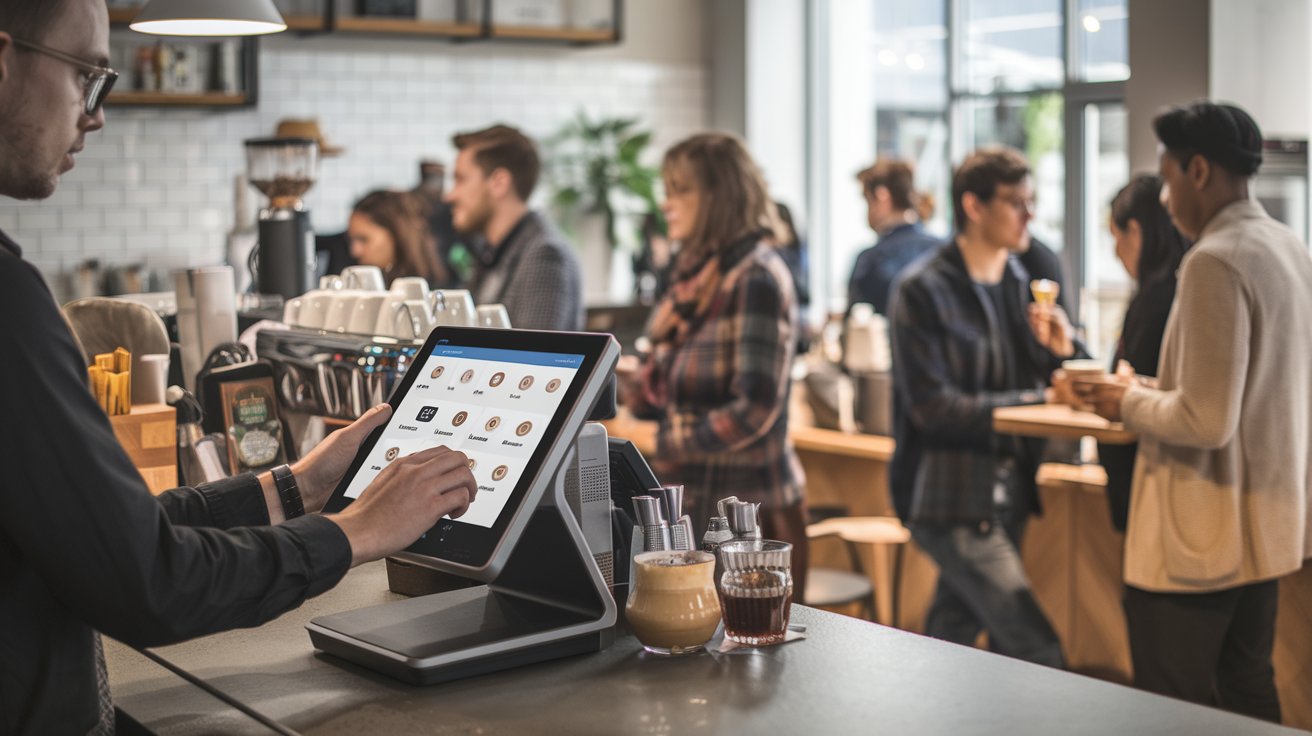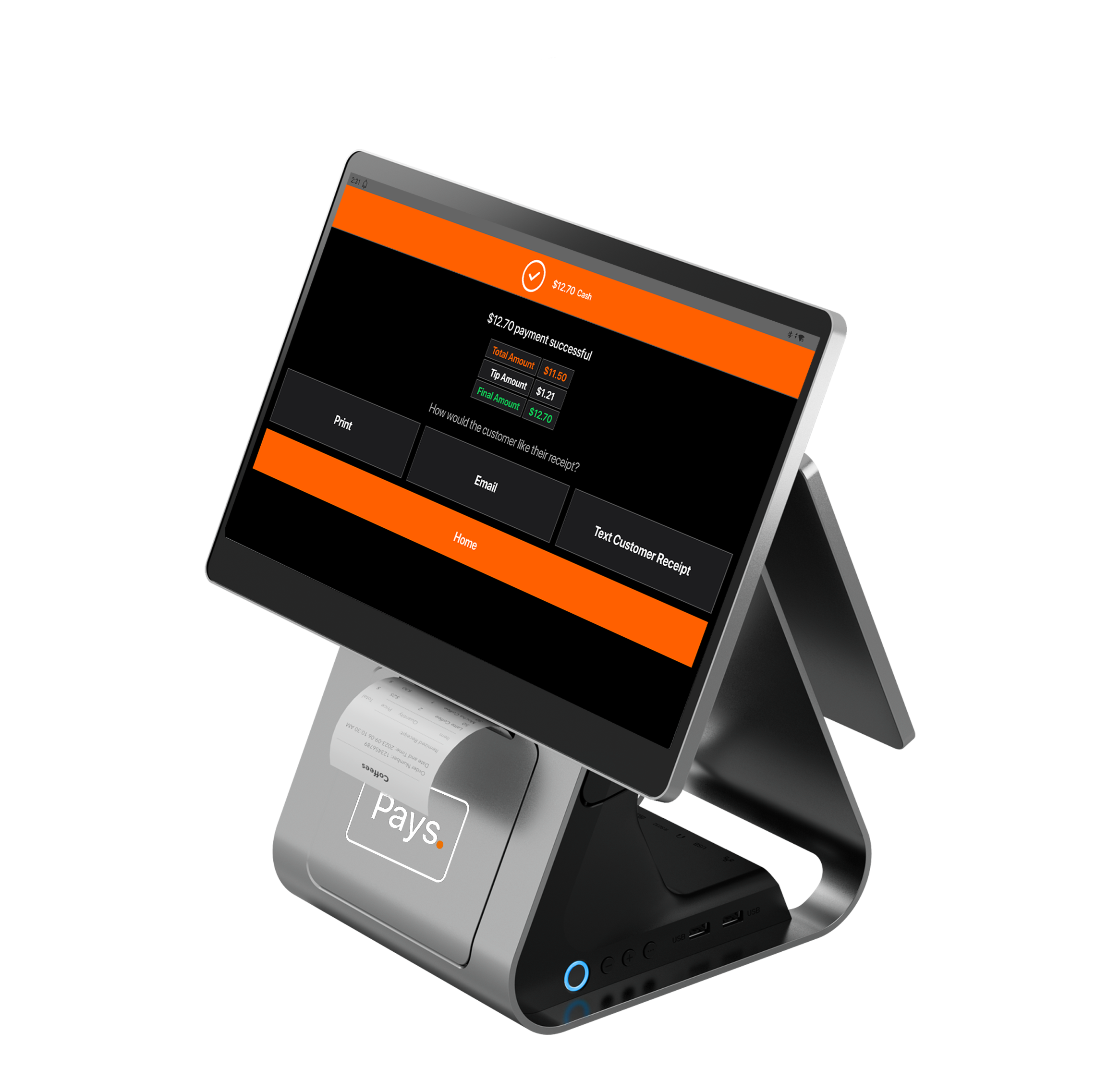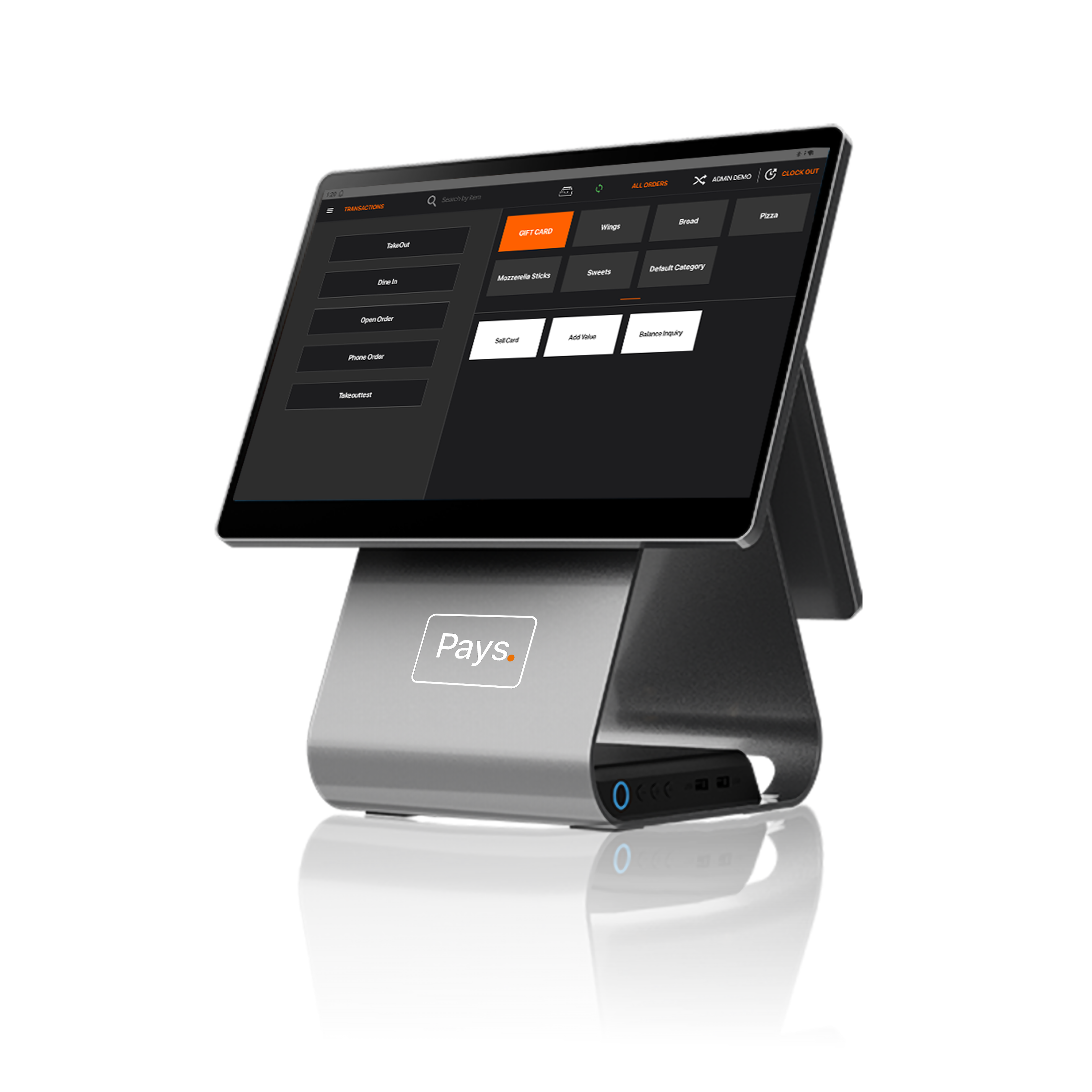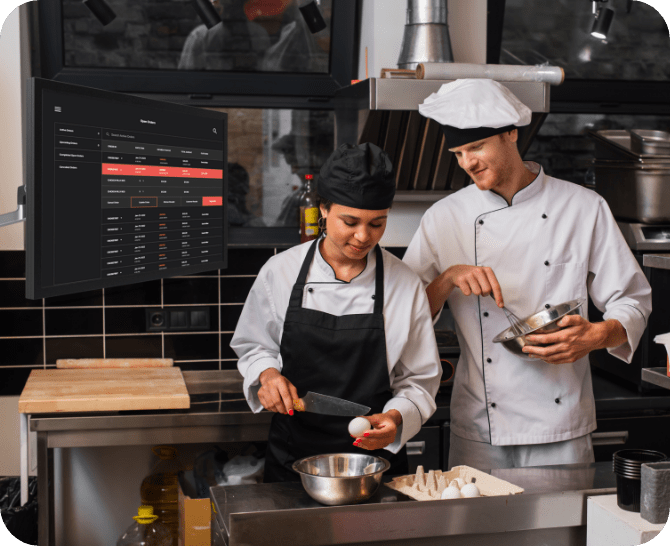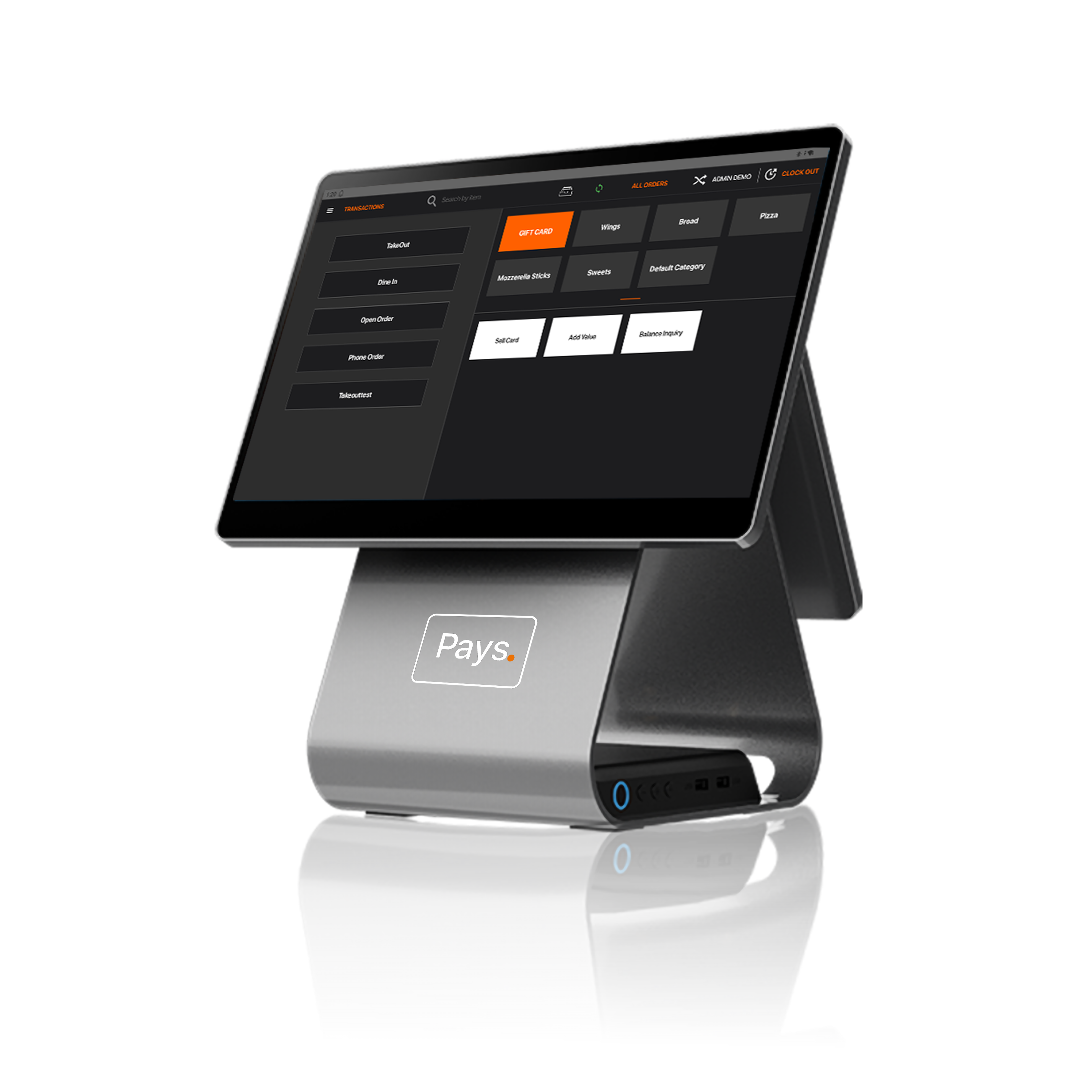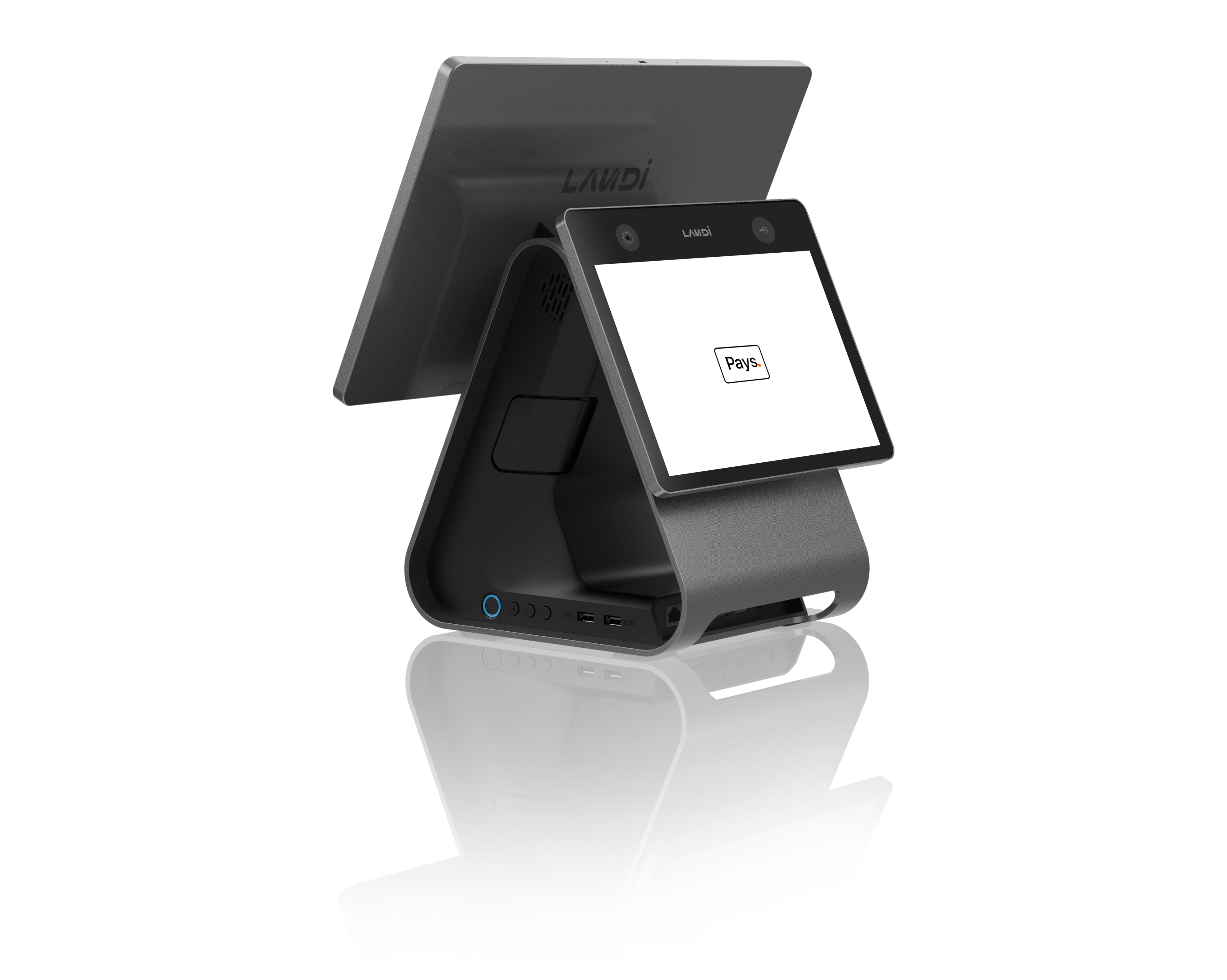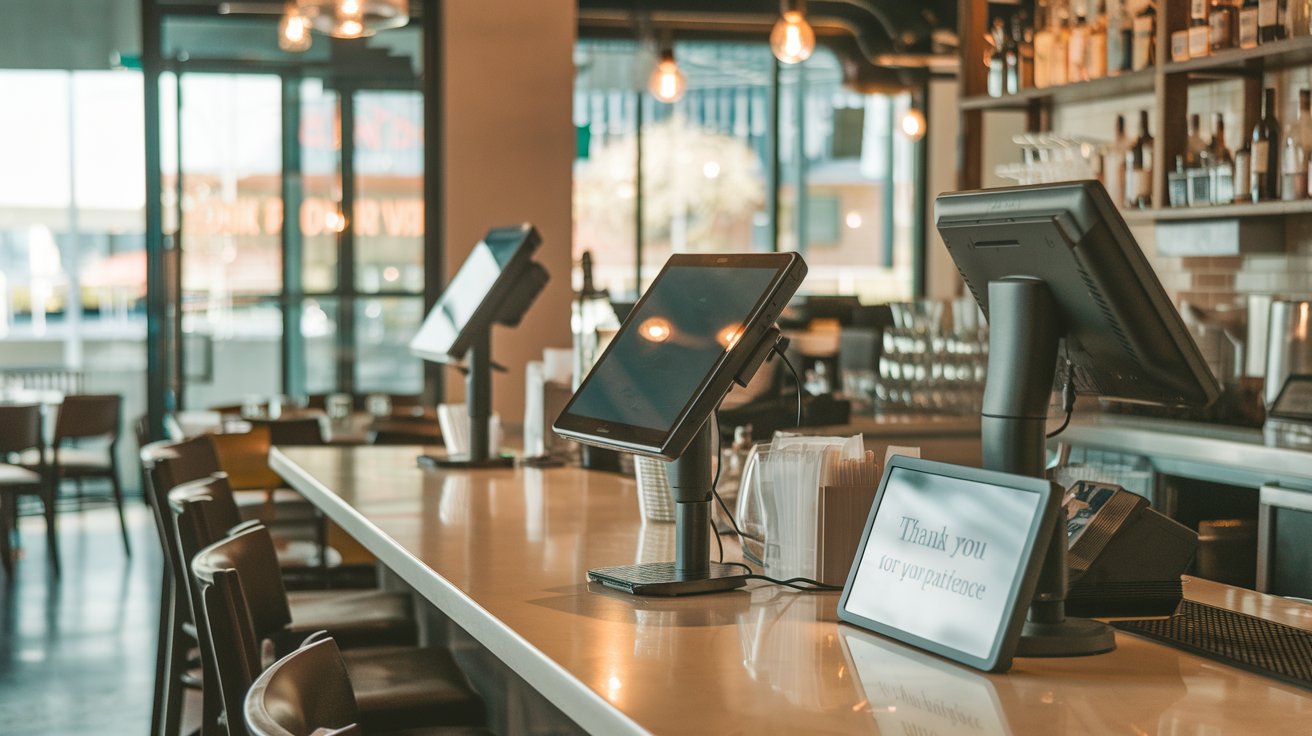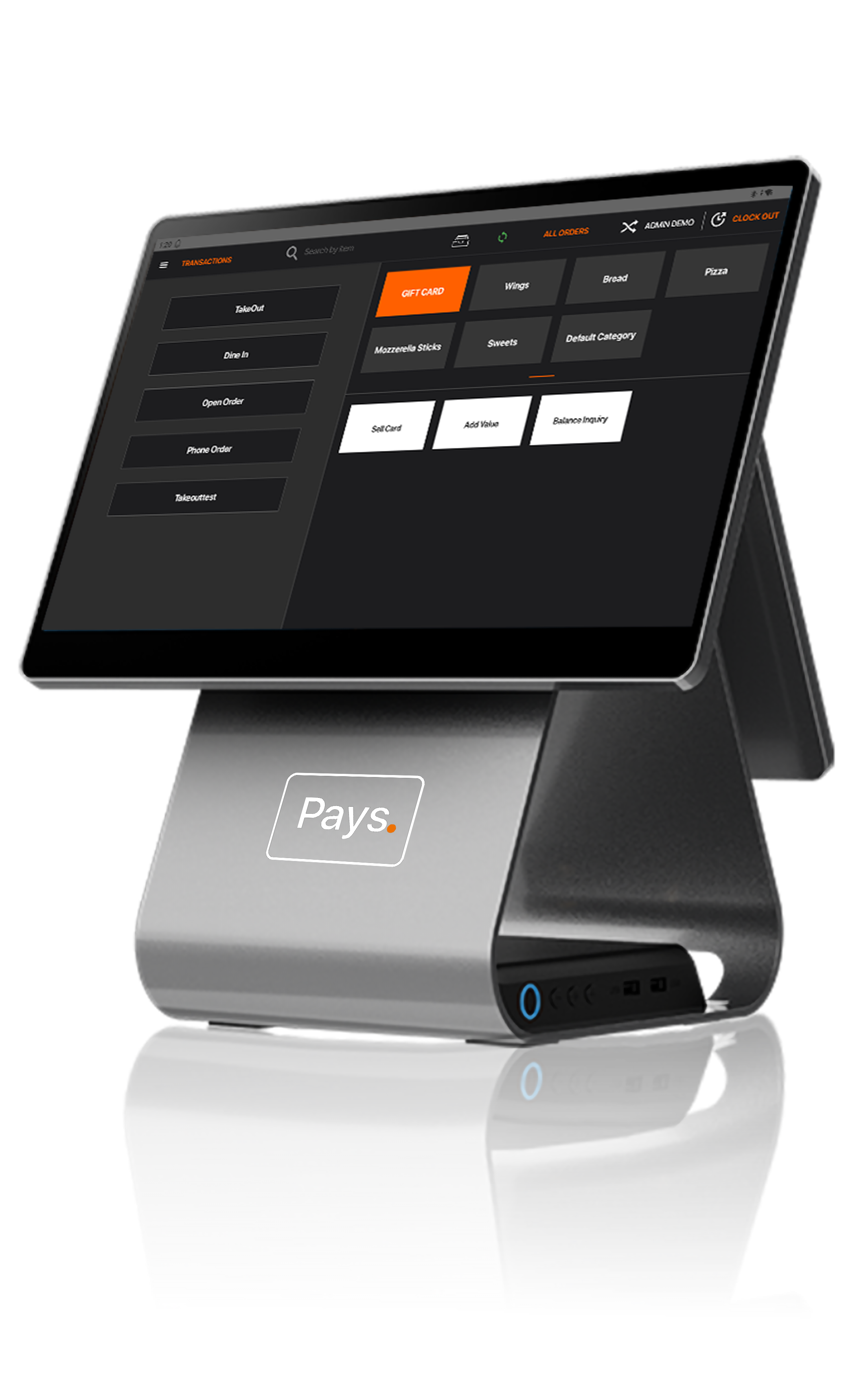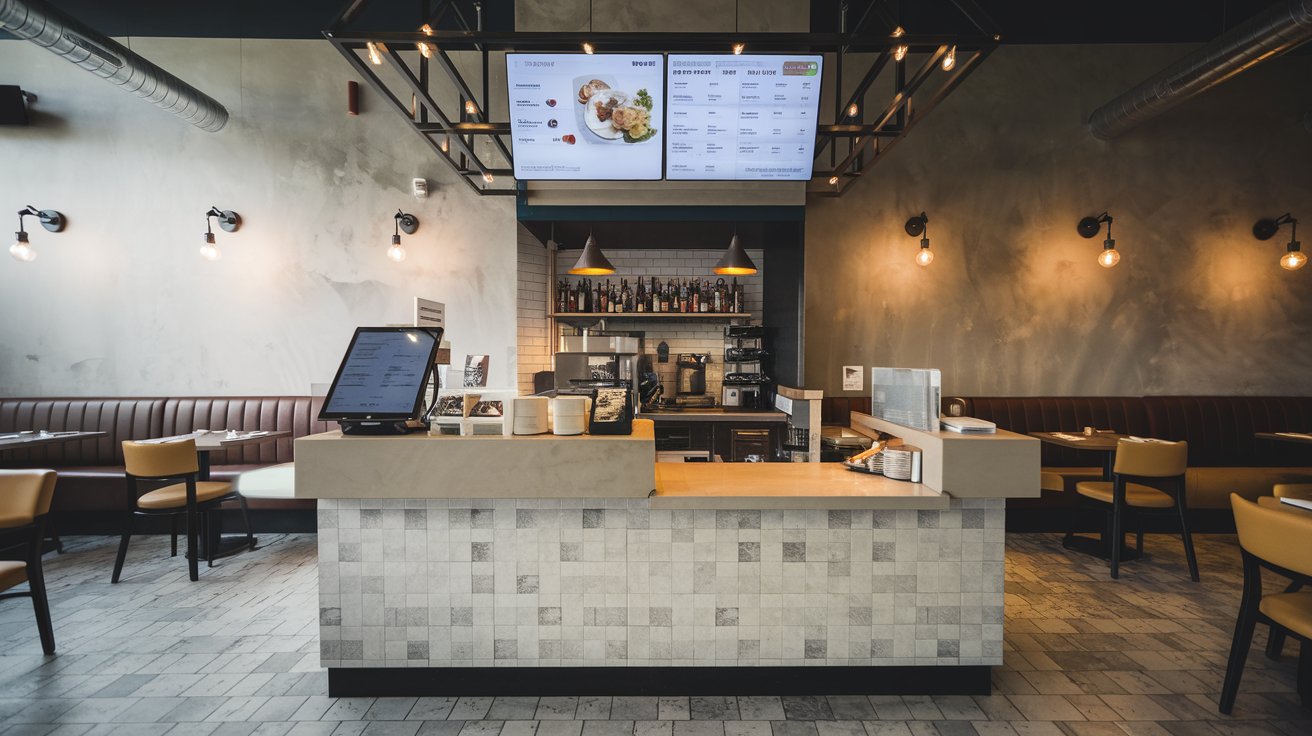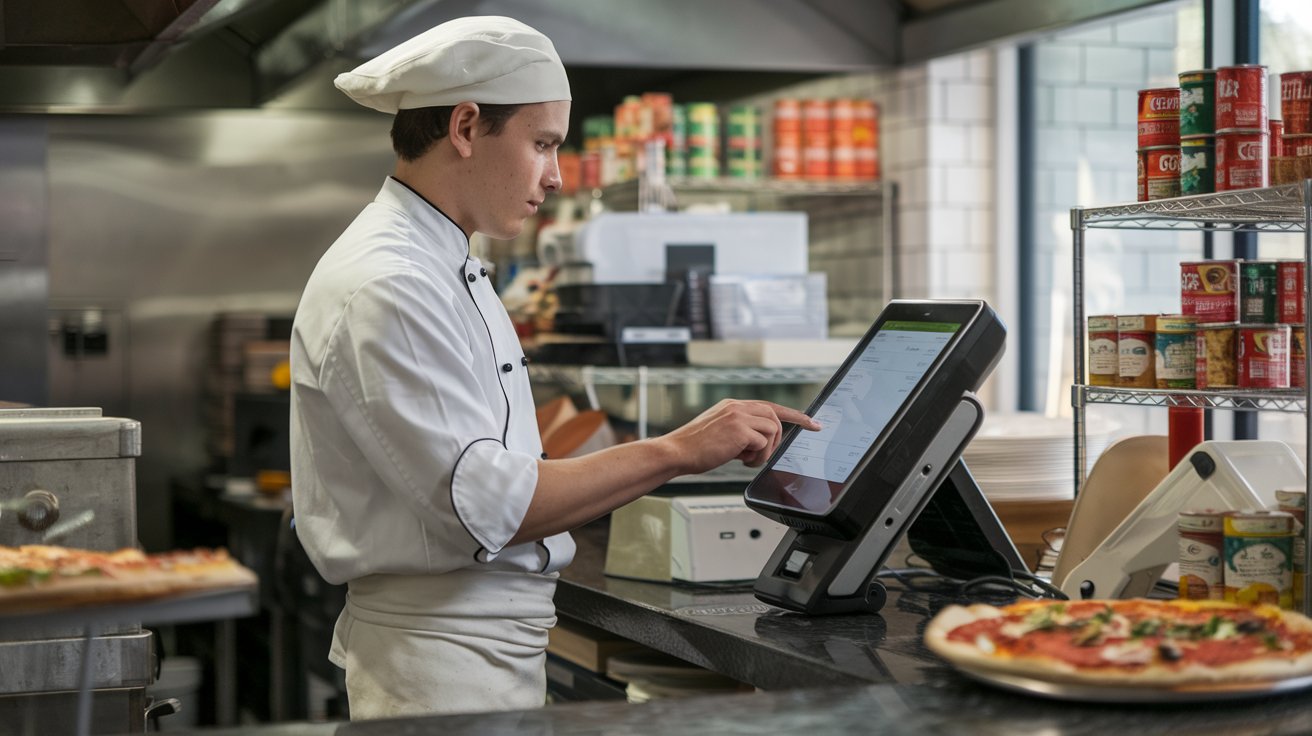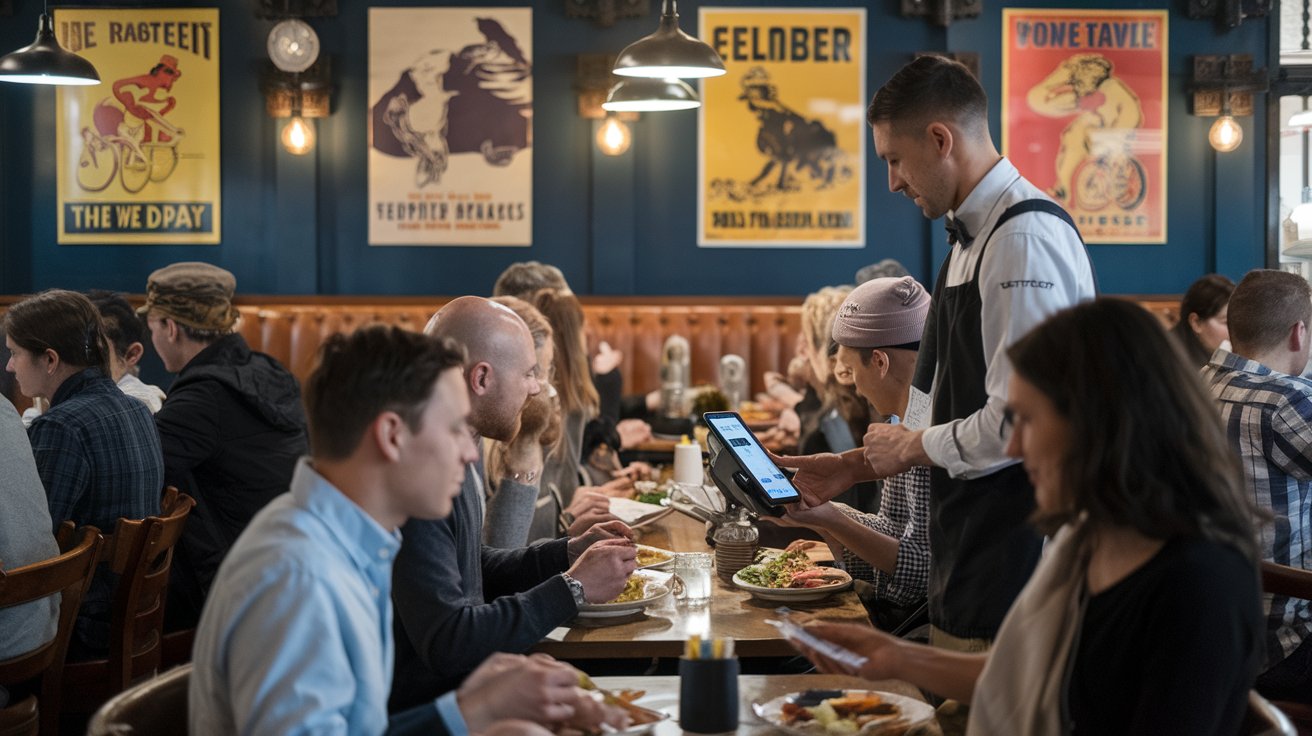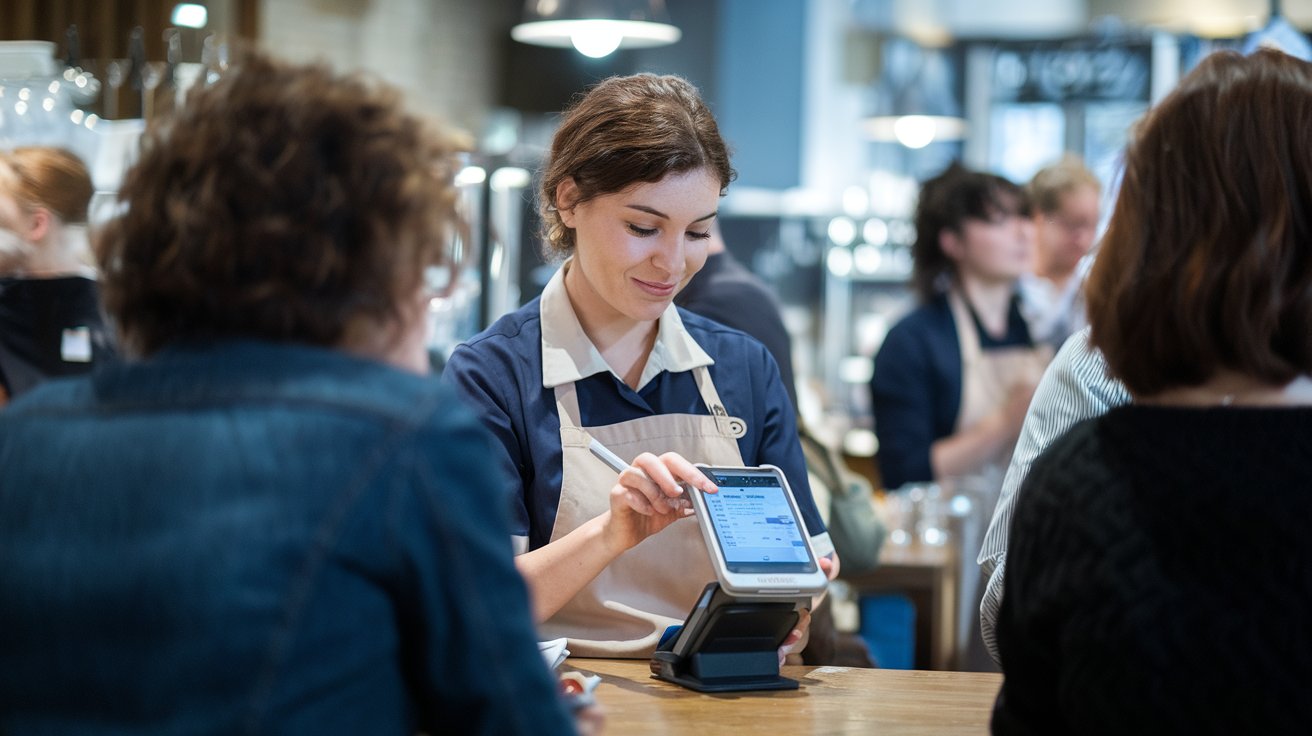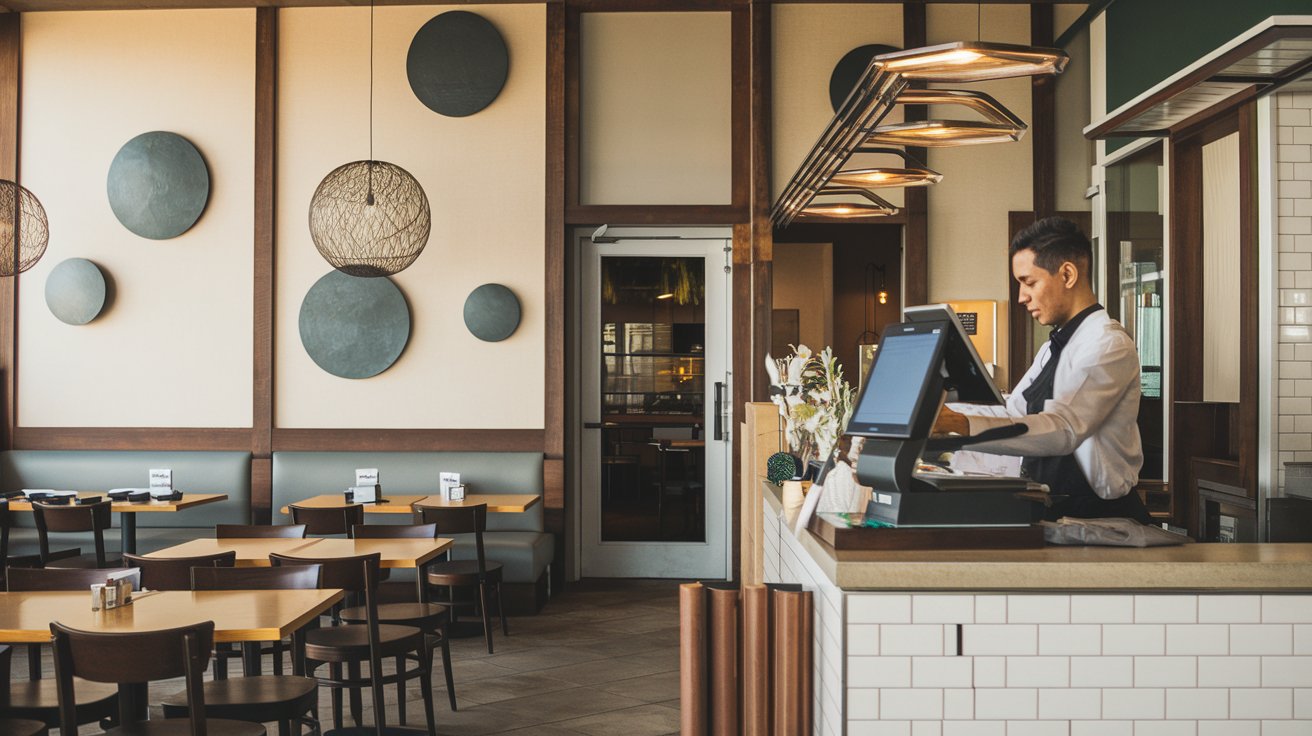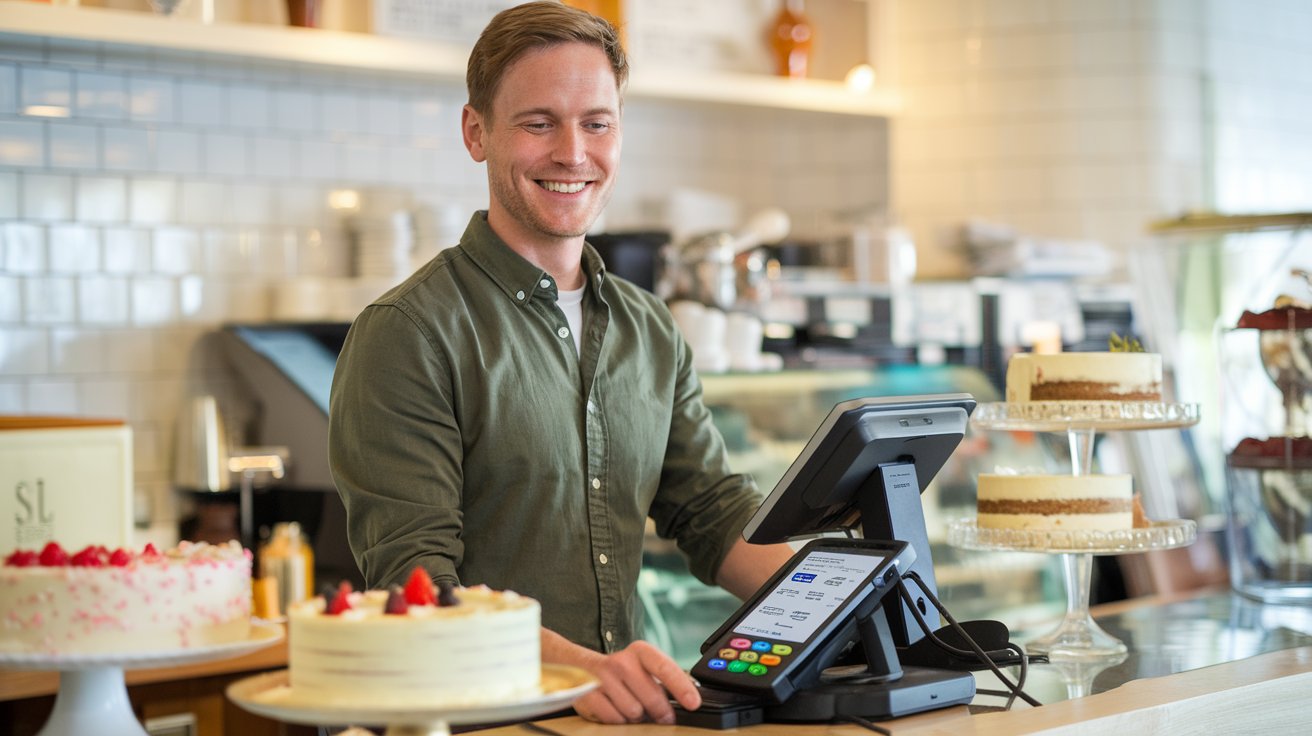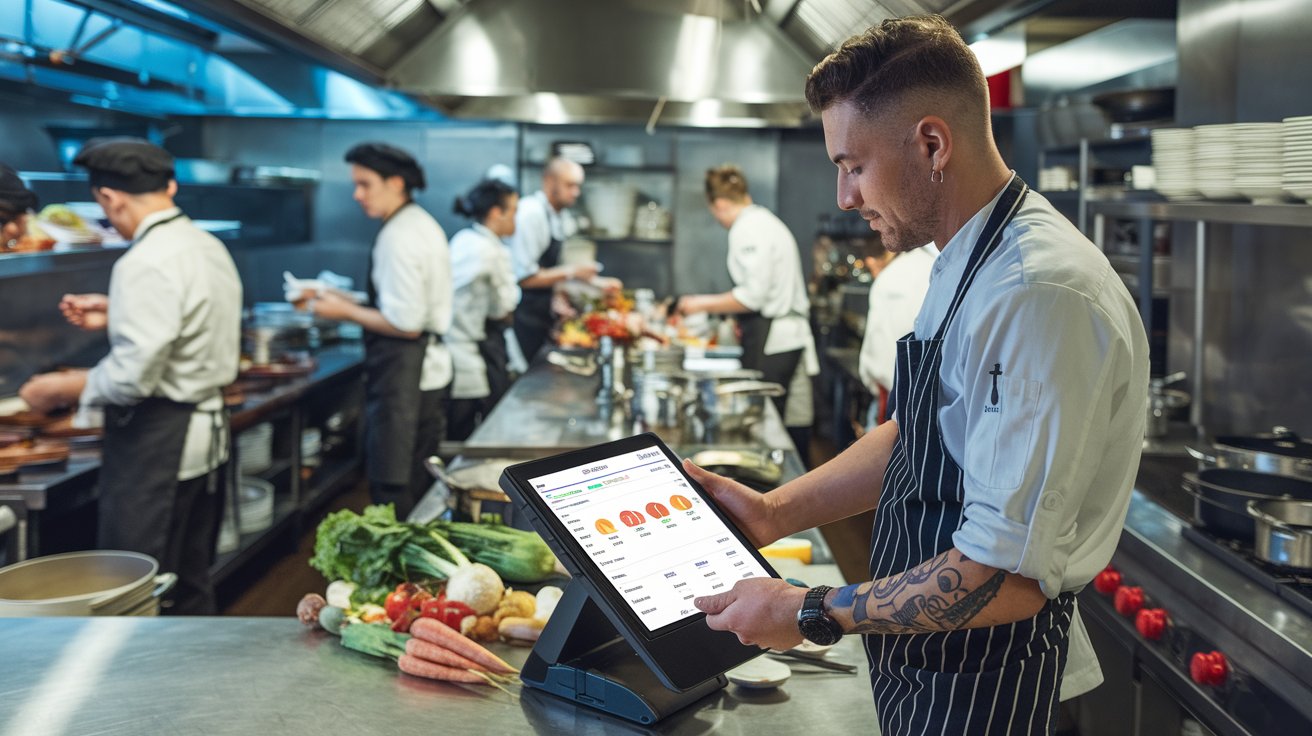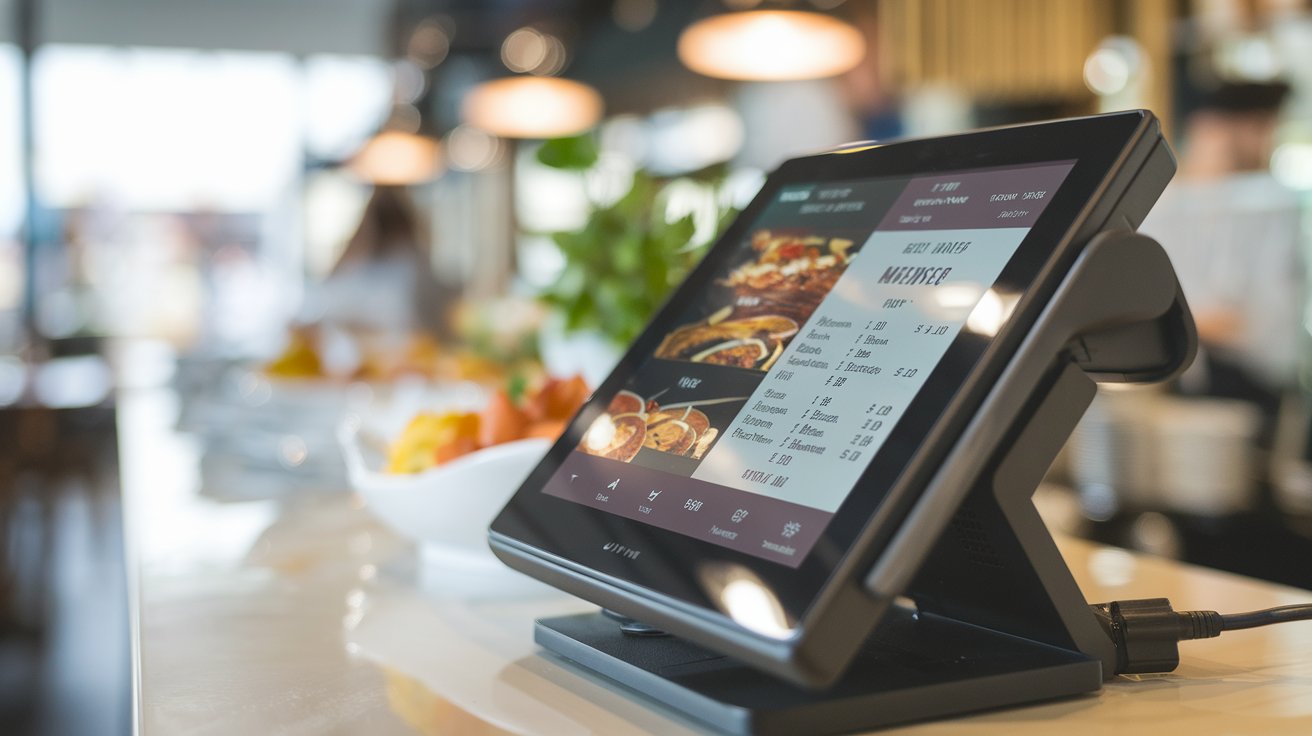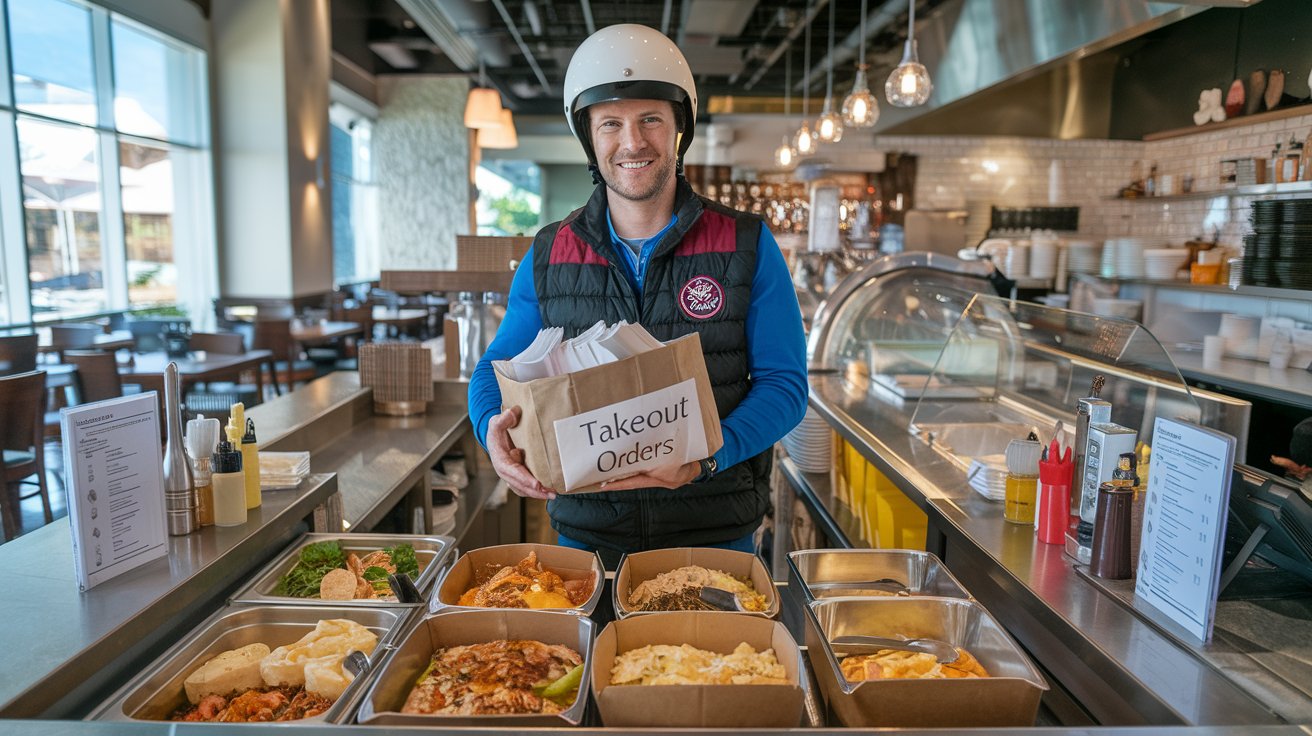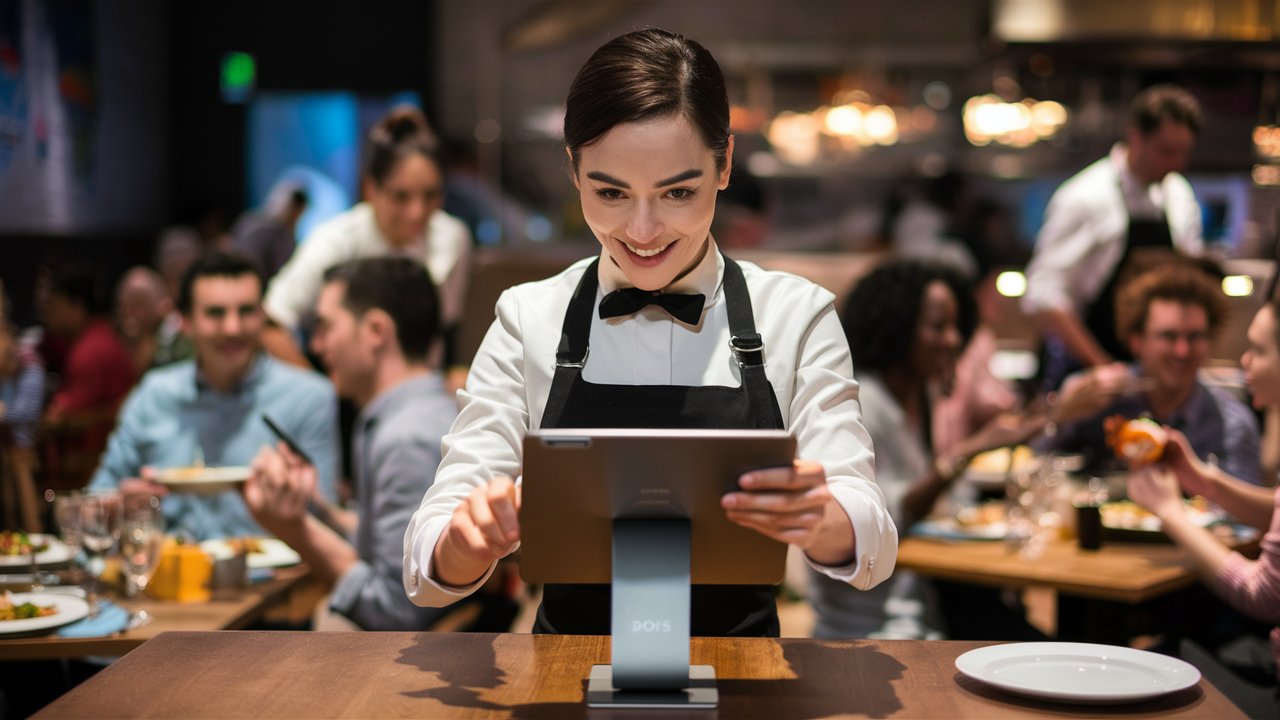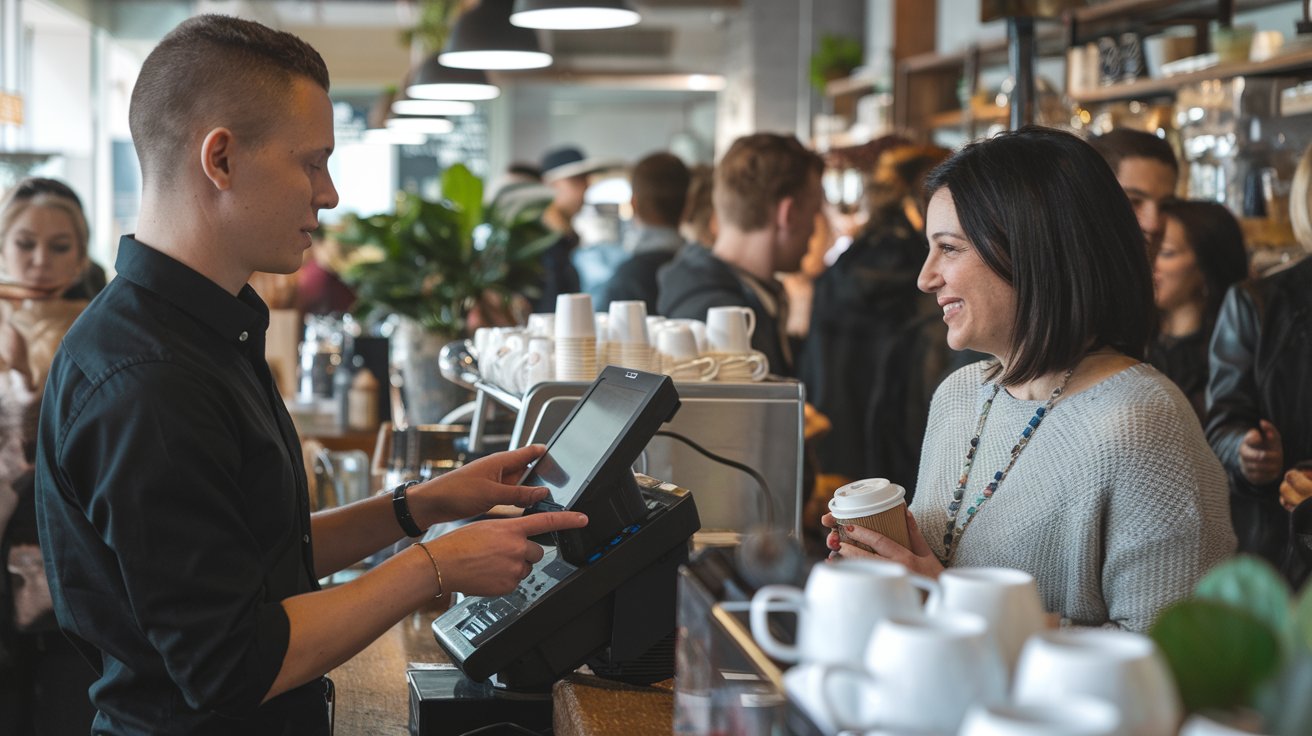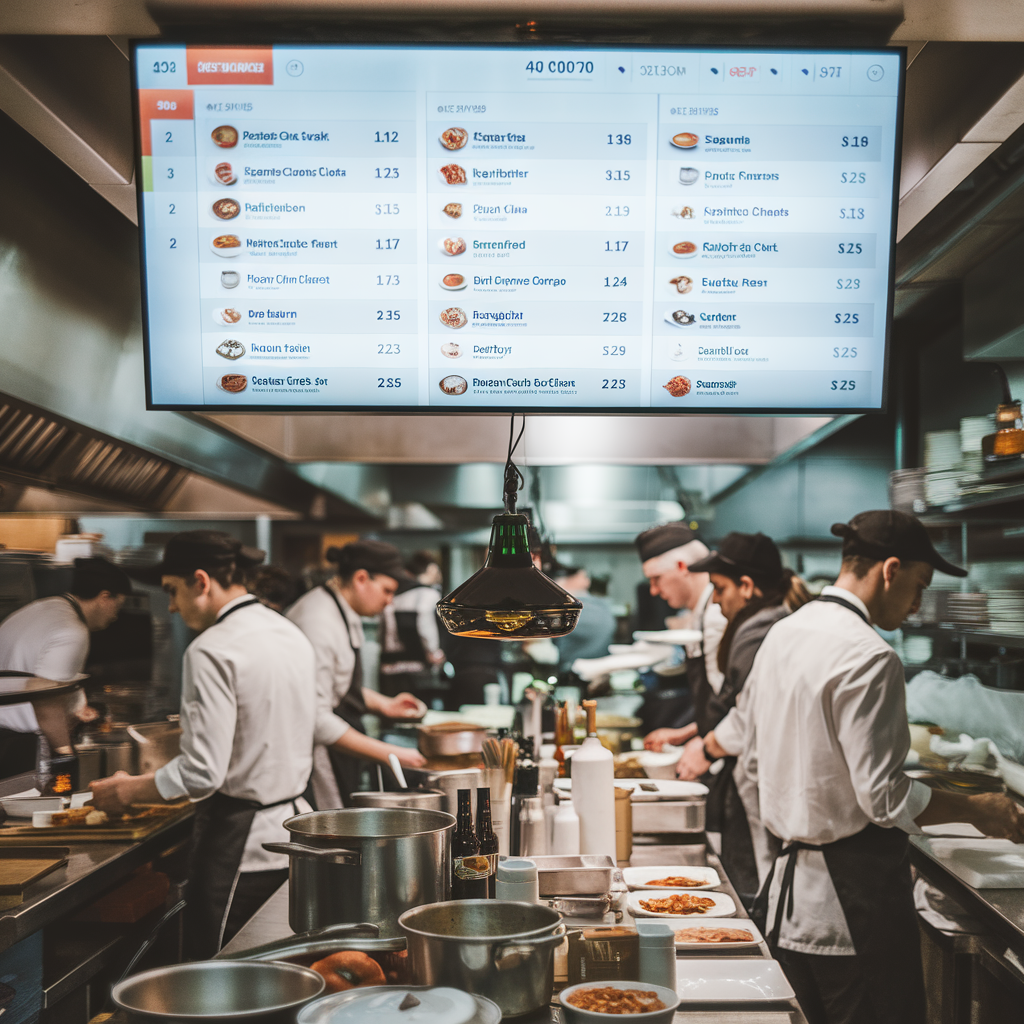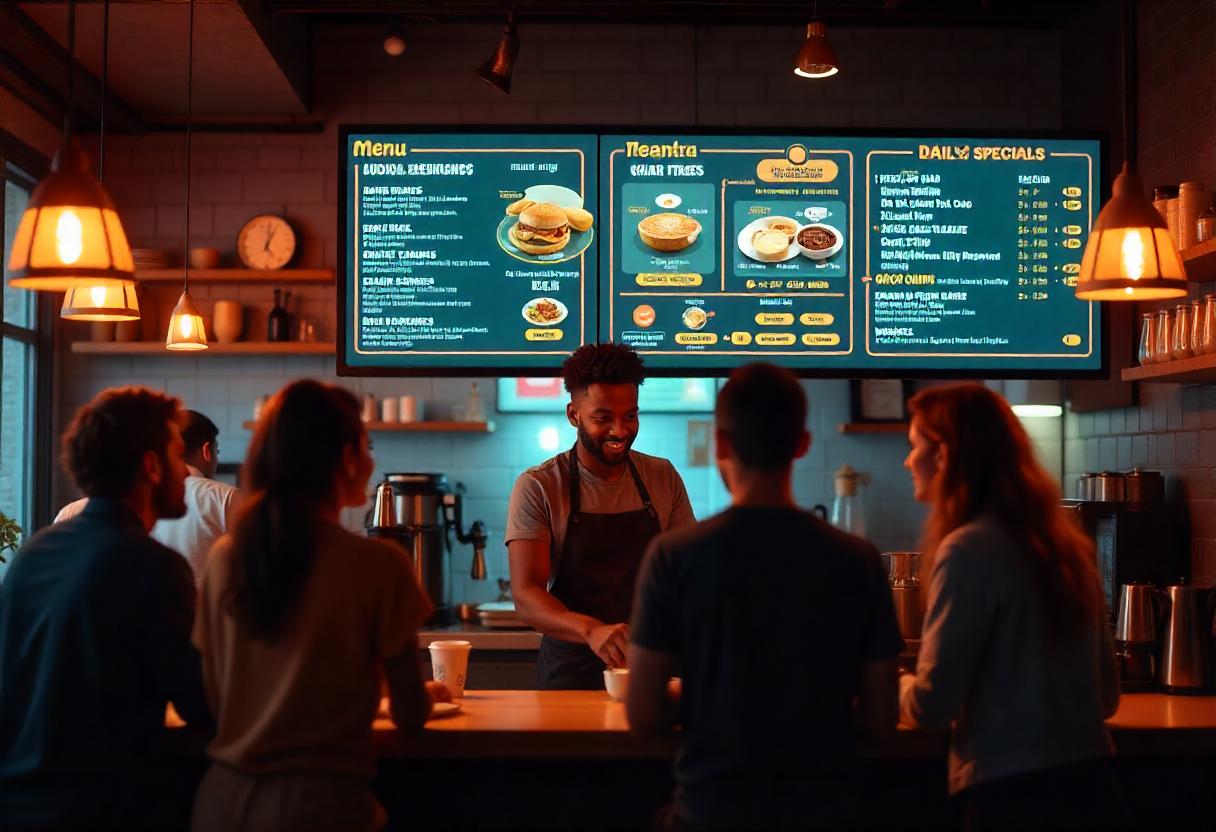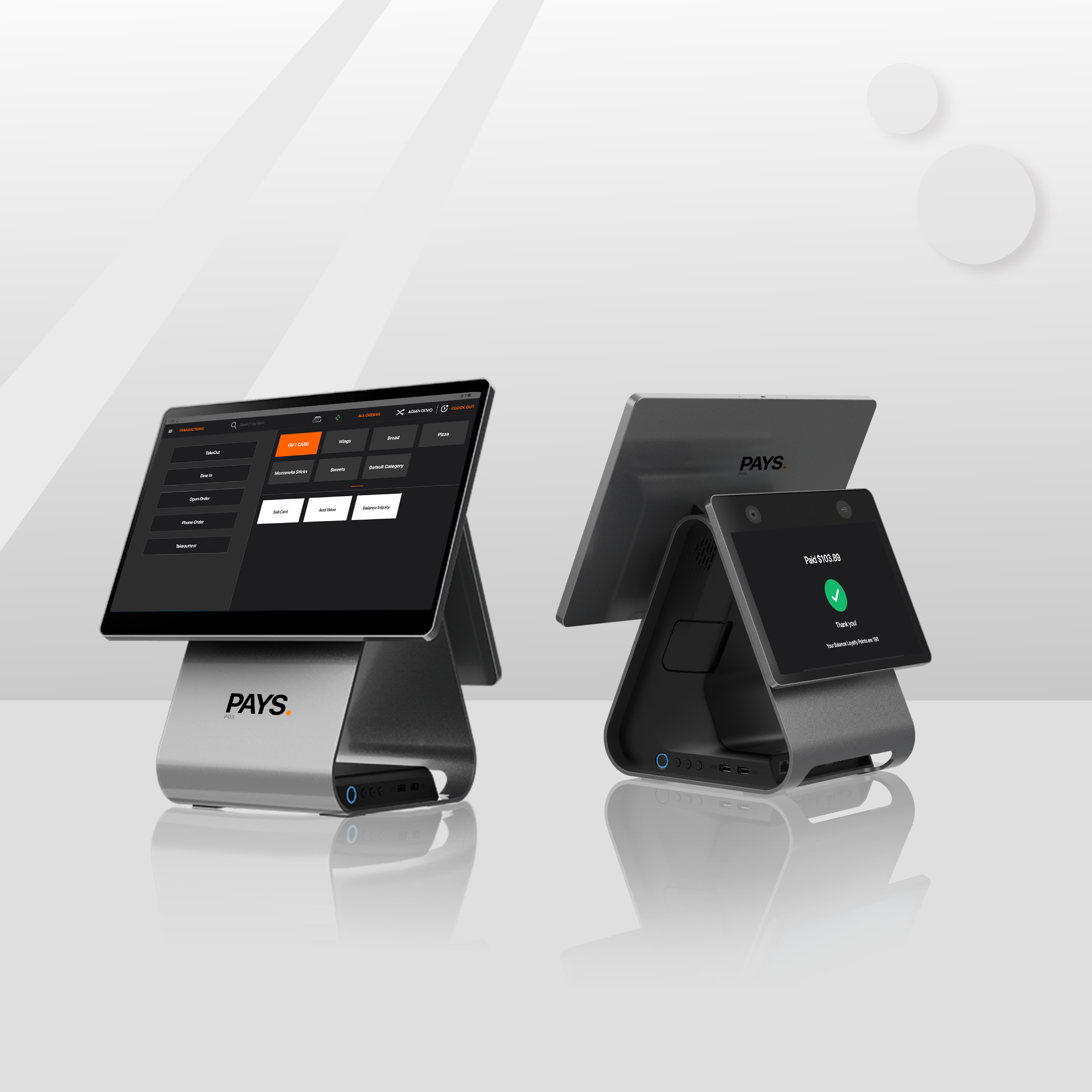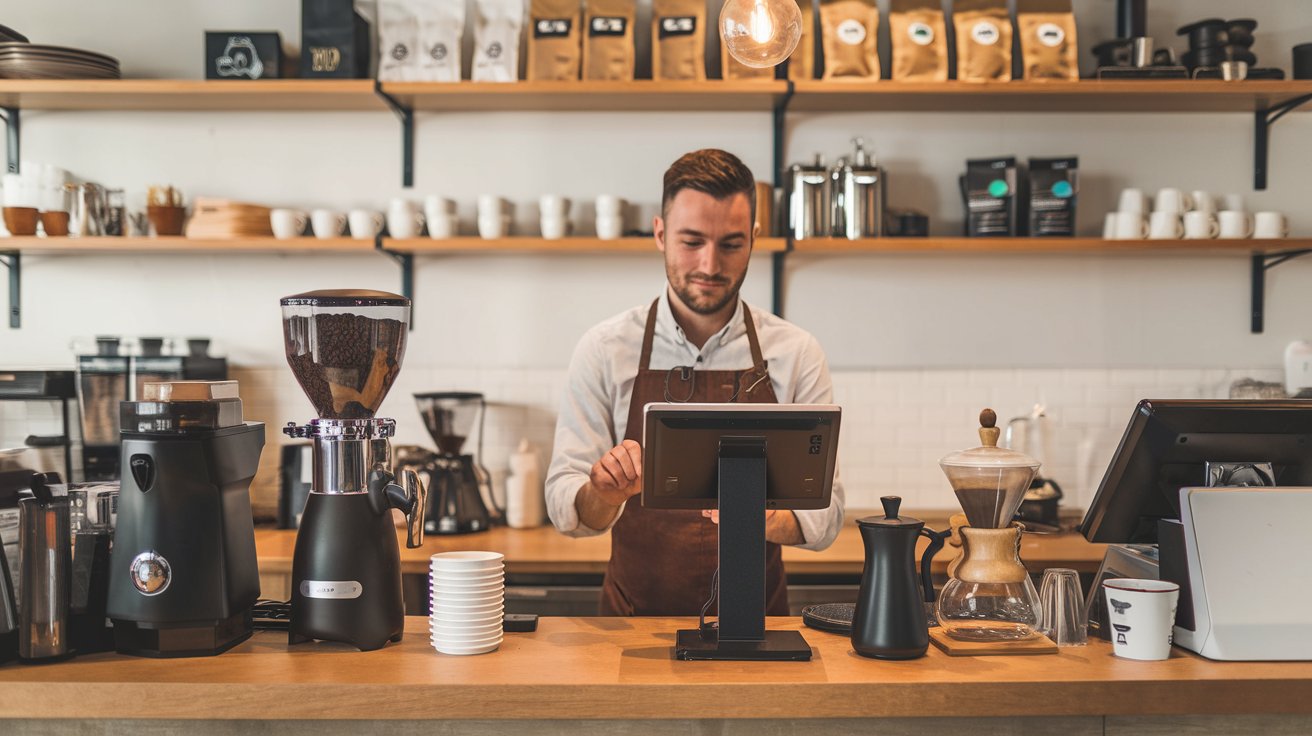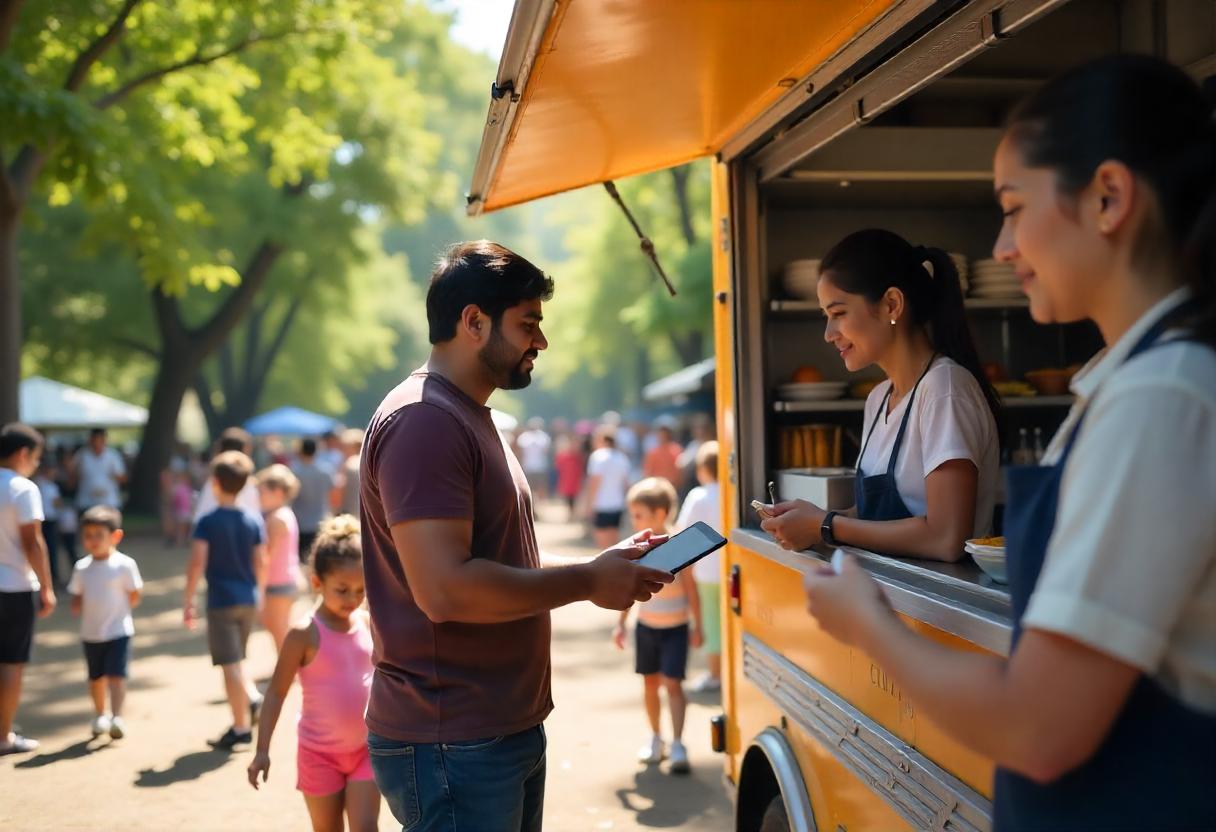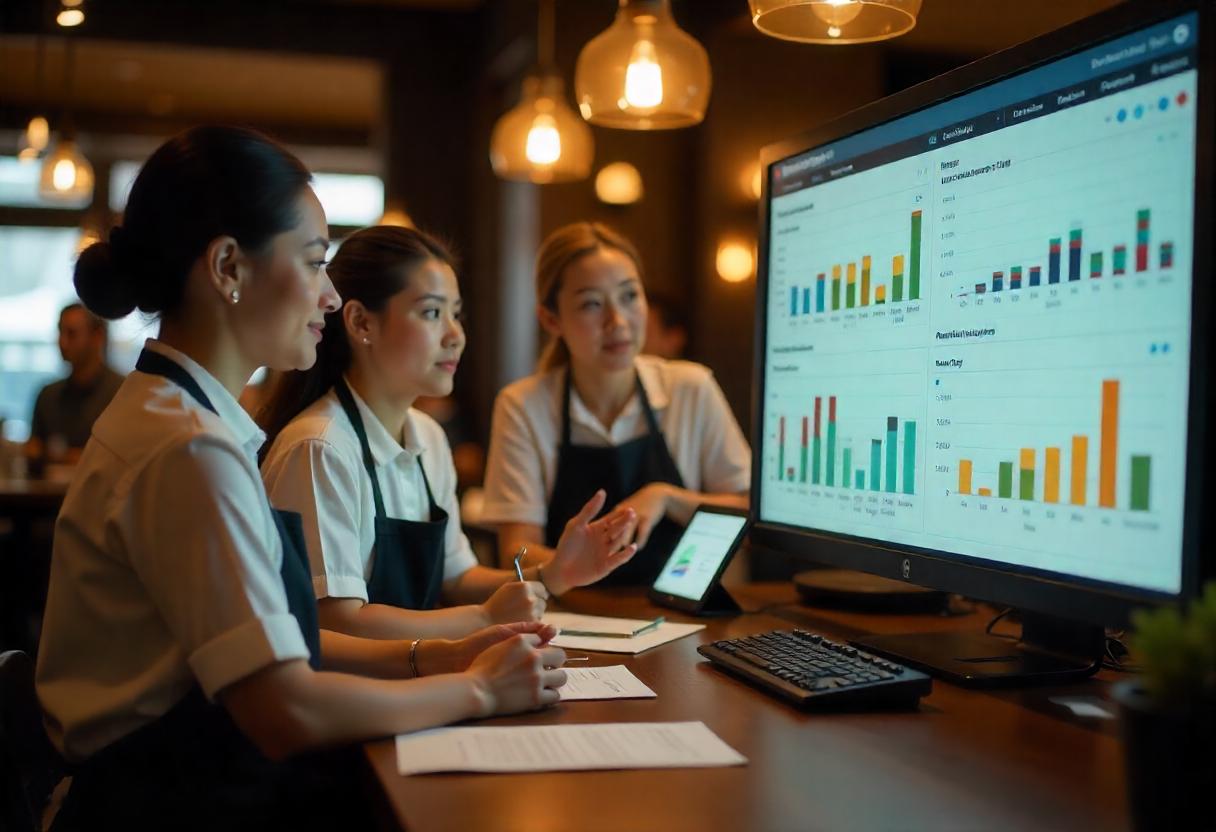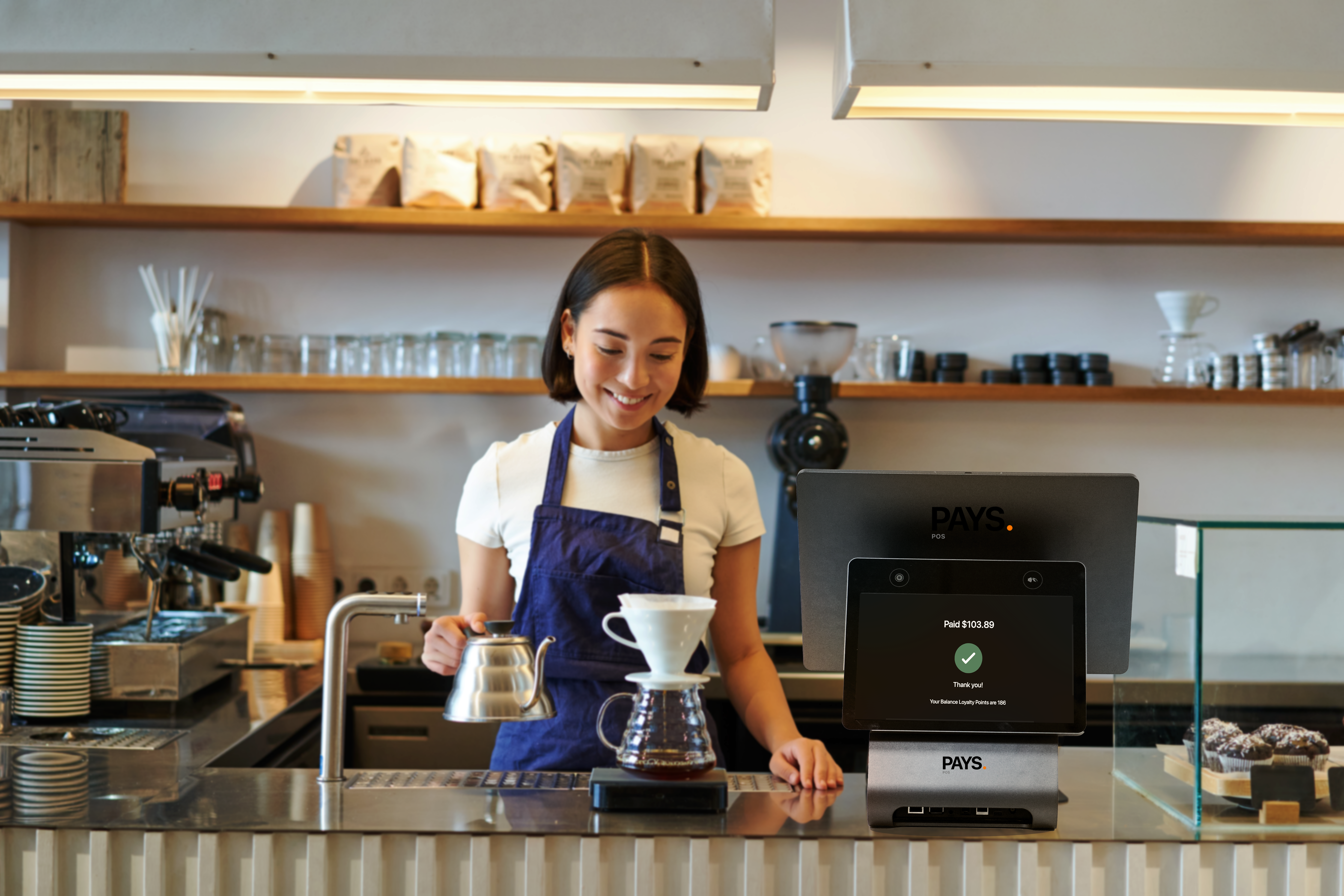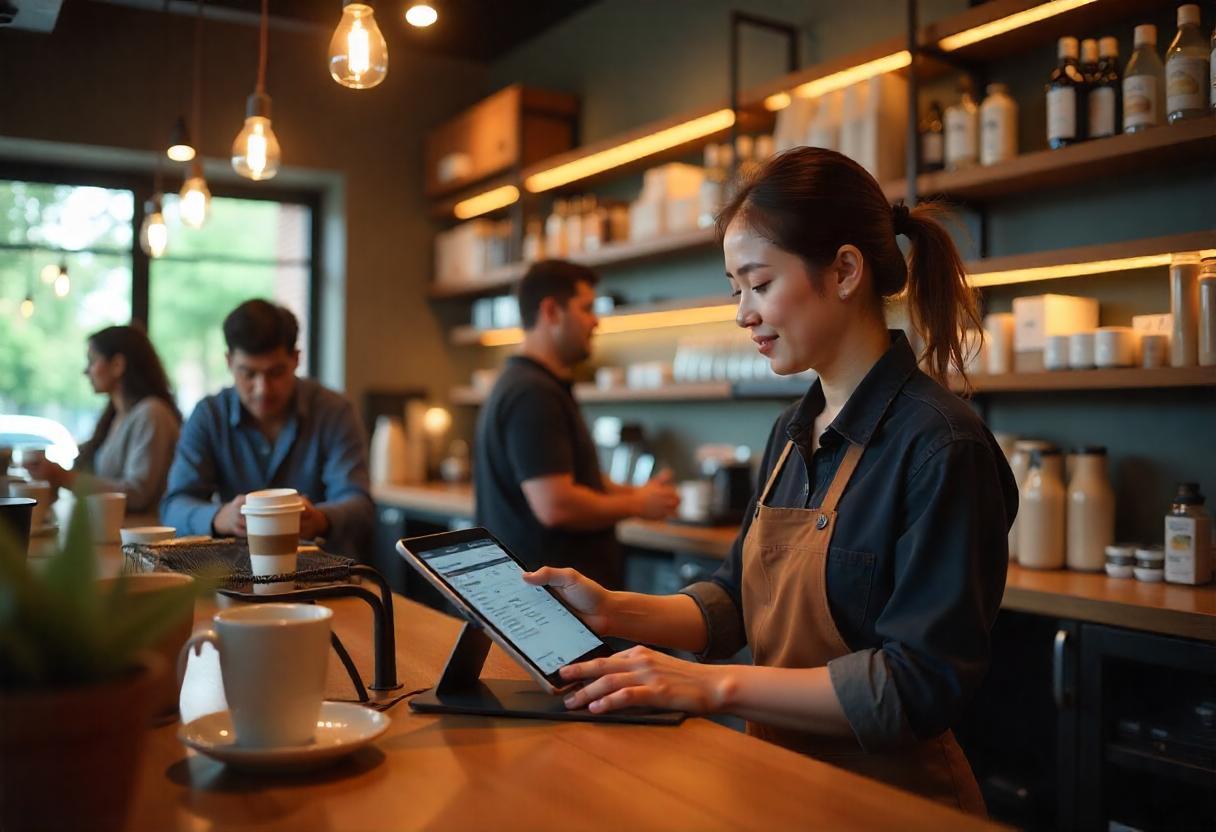Data analytics implies the systematic computational analysis of data, which is highly important in the sense that it clarifies trends, patterns, and insights within a business context. In restaurants, access to Restaurant Analytics Software surely going to make a difference in many operational improvements, starting from inventory management through strategies for customer engagement.
In the face of rising competition, restaurants have to evolve and use data-driven insights to stay ahead of the curve. Effective data analytics solutions will help restaurants’ owners optimize their operations, enhance customer experience, and increase profitability.

Understanding Restaurant Analytics Software
Restaurant analytics software is a type of application designed to help restaurant owners and managers analyze various elements of business operations. This software collects data from various sources, including Point of Sale (POS) systems, online ordering platforms, and customer feedback channels, and helps users gain comprehensive insights into their performance.
Key Features of Restaurant Analytics Software
Restaurant analytics software should incorporate all the following features:
Real-Time Reporting: Enables point-of-sale reporting of sales, current inventory levels, and customer preferences.
Customizable Dashboards: Present KPIs that are critical for the singular goals and objectives of a restaurant.
Data Integration: Easily connects and integrates all existing POS systems and restaurant management tools.
Predictive Analytics: Uses historical data to predict future trends in sales behavior and customer action.
Easy-to-Use Interface: Ensures ease of use for staff across all varying technical competencies.
Top Advantages of Restaurant Data Analytics
Better Operational Efficiency
Data analytics, indeed, brings many operational efficiencies to restaurants. Thus, the restaurants can find out the sales trends and
usage of specific items of inventory and make adjustments in the various processes according to that. For example, knowing the peak hours of usage is very helpful for optimizing the man-hour levels without the provision of poor quality service.
analytics can make restaurants understand what their customers would like
and prefer. Restaurants can accordingly change their menu and improve their marketing strategies so that the expectations of customers are more suitably met through customers’ feedback and buying behaviors. This approach of personalizing is not only satisfying for customers but results in repeat business
Data-Directed Decisions
With real-time data and analytical insights, restaurant owners can thus make informed decisions that impact their bottom line positively. Whether it’s changing menu prices according to sales trends or optimizing the level of inventory to reduce waste, a decision taken after continuous data flow is bound to be more strategic in planning and execution.
How PAYS POS Supports Data Analytics
PAYS POS holds the gateway to more efficient data analytics in restaurants. PAYS POS unifies disparate functionalities into one restaurant platform, making data collection, analysis, and action smooth and seamless.
Real-Time Inventory Management
One of the striking features of PAYS POS is real-time inventory management. Restaurant owners can continuously monitor stock levels and receive alerts when something is running low.
This functionality guarantees that no restaurant ever runs out of a prime ingredient and, thus, can make timely reorder decisions based on actual usage patterns.
For instance, after implementing PAYS POS, a restaurant was able to reduce its instances of stock-outs considerably, as its auto-computed reorder points managed to maintain the optimal level of inventory and kept waste at a minimum.
Sales Performance Analysis
PAYSPOS has sophisticated selling performance analytics capabilities.
It enables restaurant proprietors to spot trends over time. Managers can, therefore, know which menu items are losers and losers, and, hence, would require changes or promotions.
It enables restaurants to work on actual-performing metrics for the optimization of menus rather than relying on assumptions, thereby enhancing profitability.
Customer Relationship Management (CRM)
The in-built CRM feature of PAYS POS also allows restaurants to manage customer preferences effectively. Monitoring previous orders and customer feedback right from the POS allows restaurants to personalize their services and marketing toward the specific needs of the customers.
For example, if a customer continues to order a particular dish or beverage over and over again, the staff can give them similar products or personalized promotions that show their preference.

Applying Data Analytics in Your Restaurant by Means of PAYS POS
To be successfully able to apply data analytics with your PAYS POS:
Evaluate Your Requirements: Know what features are most important for your operations.
Choose the Right Plan: Choose a pricing model that fits your budget and operation needs.
Train Your Employees: Give every employee training on how to use this system effectively.
Integration with Other Systems: PAYS POS must not in any way disrupt your system of other tools you are using.
Success Case Examples: Real-life Data Analytics Applications
Several restaurants have adopted data analytics through PAYS POS to improve their capacities:
This restaurant chain leveraged the forecasting capabilities of PAYS POS and determined the number of staff personnel during high seasons.
A restaurant chain was able to harness PAYS POS’s CRM function to discover customer spending patterns that were utilized as campaign initiation points for customized promotions leading to fantastic repeat business.
These examples illustrate how the proper deployment of data analytics by PAYS POS can provide measurable improvements in performance and customer relations.
Obstacles to Leverage Data Analytics
Despite the clear value proposition of data analytics, there are several obstacles to its successful implementation:
Data Overload: Restaurants often suffer from the sheer amount of data and cannot come to a conclusion as to which ones most resonate with their needs.
Connecting disparate systems is a complex task, which is why it was integrated.
To overcome these challenges would take good planning, constant training for the staff, and pinpointing the most important metrics that correlate with the business objectives
Unlock the potential of your restaurant with data analytics!
Discover how insights from PAYS POS can enhance your operations and drive success. Read more about the role of data analytics in restaurant success here!
Future Trends in Restaurant Data Analytics
Restaurant data analytics is a constantly evolving landscape :
More Application of AI: Predictive Restaurant Analytics Software will use artificial intelligence to predict customer preference and choice to higher accuracy levels.
More Personalization: Restaurants must pay greater attention to improving their skills in Restaurant Analytics Software while handling the constantly changing expectations of consumers toward the dining experience.
Focus on Sustainability: Restaurant Analytics Software will help track what restaurants are doing about food waste and source food from where.
Are you ready to elevate your business relationships? Explore our comprehensive guide on the Top Customer Relationship Management Software for 2024. Discover which CRM tools can streamline your operations, enhance customer engagement, and drive growth. Don’t miss out read now to find the perfect fit for your business needs!
Conclusion
analytics, modern restaurants entering the competitive market will not survive
without leveraging such a resource. It enhances the operational efficiency
of making good decisions that yield customer experiences and informed decisions for profitability backed by insights from PAYS POS.
As technology continues to advance and Restaurant Analytics Software landscapes change, remaining competitive will depend on their embracing data-driven strategies.
FAQs Regarding Data Analytics in Restaurants and PAYS POS
Q1: How should a place of operation make use of data analytics with PAYS POS?
The best way is by reviewing sales reports, keeping abreast of current inventory levels, and using CRM for customized marketing campaigns.
Q2: Can restaurants from the small establishment’s sphere somehow benefit from applying PAYS POS?
Absolutely! Even very small establishments can tap into the power of data analytics through PAYS POS to optimize operations and enhance customer satisfaction.
Q3 What is real-time inventory management and how is it implemented with PAYS POS?
PAYS POS always monitors stocks and notifies managers whenever stock is low or should be reordered as deemed necessary in the usage pattern.

